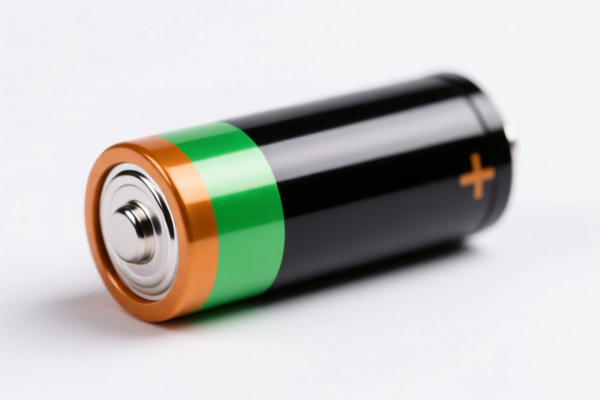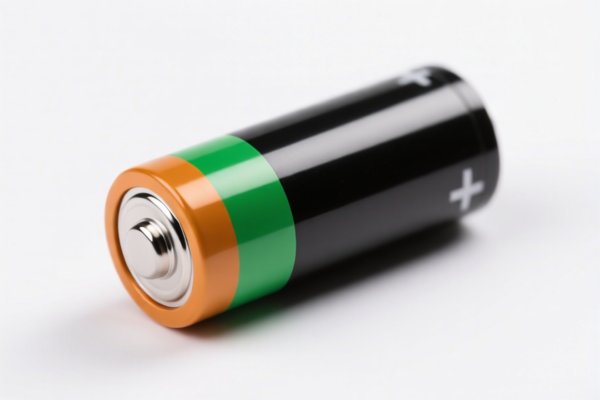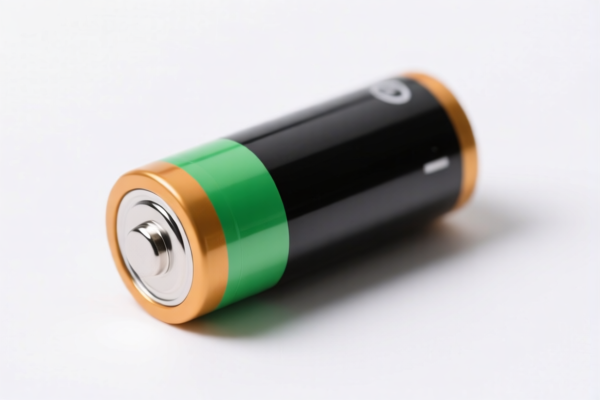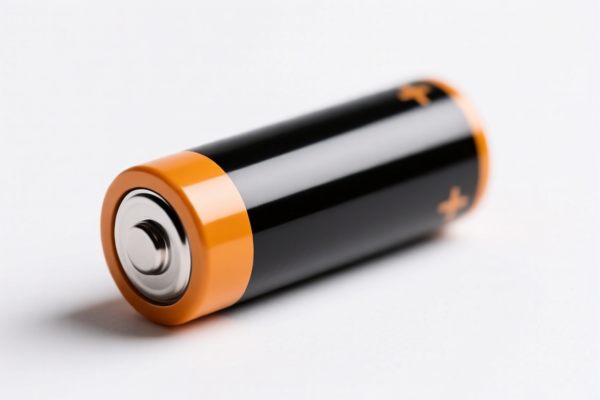| HS Code | Official Doc | Tariff Rate | Origin | Destination | Effective Date |
|---|---|---|---|---|---|
| 8479899599 | Doc | 57.5% | CN | US | 2025-05-12 |
| 8479909596 | Doc | 80.0% | CN | US | 2025-05-12 |
| 8487900080 | Doc | 83.9% | CN | US | 2025-05-12 |
| 8487900040 | Doc | 58.9% | CN | US | 2025-05-12 |
| 8506900000 | Doc | 57.7% | CN | US | 2025-05-12 |
| 8507908000 | Doc | 58.4% | CN | US | 2025-05-12 |
| 8507808200 | Doc | 58.4% | CN | US | 2025-05-12 |
| 3926901000 | Doc | 40.9% | CN | US | 2025-05-12 |
| 3926909989 | Doc | 42.8% | CN | US | 2025-05-12 |
| 3923900080 | Doc | 58.0% | CN | US | 2025-05-12 |
| 3923500000 | Doc | 60.3% | CN | US | 2025-05-12 |




Battery Box
A battery box is an enclosure designed to hold batteries, typically to provide power to portable devices or serve as a backup power source. They range in size and complexity depending on the application.
Material
- Plastic: The most common material, offering lightweight construction, corrosion resistance, and affordability. Polypropylene (PP) and acrylonitrile butadiene styrene (ABS) are frequently used.
- Metal: Often steel or aluminum, providing greater durability and protection, especially in demanding environments. May be used for larger battery banks or applications requiring electromagnetic shielding.
- Composite Materials: Used in specialized applications requiring high strength-to-weight ratios or specific environmental resistance.
Purpose
The primary purpose of a battery box is to safely contain and protect batteries while providing a convenient means to connect them to a power circuit. Key functions include:
- Physical Protection: Shields batteries from damage due to impact, vibration, or abrasion.
- Electrical Isolation: Prevents short circuits and accidental contact with battery terminals.
- Environmental Protection: Offers resistance to dust, moisture, and other environmental factors.
- Secure Connection: Provides terminals or connectors for easy and reliable connection to the powered device.
Function
Battery boxes facilitate the use of batteries by:
- Series/Parallel Configuration: Allowing multiple batteries to be connected in series (to increase voltage) or parallel (to increase current capacity).
- Power Distribution: Providing a centralized point for distributing power from the battery bank to multiple devices.
- Charging Support: Some boxes integrate charging circuits to recharge batteries.
- Monitoring: Advanced boxes may include voltage and current monitoring systems, as well as battery management features.
Usage Scenarios
- Portable Power: Used in applications like emergency lighting, portable radios, and handheld tools.
- Backup Power Systems: Providing temporary power during outages for critical equipment like security systems, medical devices, and computers.
- Electric Vehicles: Housing battery packs in bicycles, scooters, and other small electric vehicles.
- Solar Power Systems: Storing energy generated by solar panels for later use.
- Marine Applications: Powering navigation equipment, lights, and other systems on boats and ships.
- Remote Sensing and Instrumentation: Providing power to sensors and data loggers in remote locations.
Common Types
- Standard Battery Boxes: Simple enclosures for holding standard battery sizes (AA, AAA, C, D, 9V). Typically made of plastic with spring-loaded terminals.
- Lead-Acid Battery Boxes: Designed to hold lead-acid batteries, often used in vehicles and backup power systems. May include ventilation features to vent hydrogen gas produced during charging.
- Lithium-Ion Battery Boxes: Specifically designed for lithium-ion batteries, incorporating safety features like overcharge protection and thermal management.
- Deep-Cycle Battery Boxes: Used for batteries designed for repeated charging and discharging, common in solar power and marine applications.
- Portable Power Stations: Integrated battery boxes with built-in inverters, charging circuits, and multiple output ports, providing a convenient all-in-one power solution.
- Custom Battery Boxes: Designed to fit specific battery configurations and application requirements.
Based on the provided information, a “battery box” could potentially fall under several HS codes, depending on its material composition and specific function. Here’s a breakdown of relevant codes:
- 3926901000: This code covers “Other articles of plastics and articles of other materials of headings 3901 to 3914: Other: Buckets and pails”. If the battery box is constructed primarily of plastics and functions as a container, this code may be applicable. The total tax rate is 40.9%.
- 3926909989: This code covers “Other articles of plastics and articles of other materials of headings 3901 to 3914: Other: Other”. If the battery box is made of plastics but doesn’t specifically fit the description of buckets or pails, this code could be used. The total tax rate is 42.8%.
- 8506900000: This code covers “Primary cells and primary batteries; parts thereof: Parts”. If the battery box is a component of a primary battery system, rather than a standalone container, this code might be relevant. The total tax rate is 57.7%.
- 8507808200: This code covers “Electric storage batteries, including separators therefor, whether or not rectangular (including square); parts thereof: Other storage batteries: Other”. If the battery box is part of an electric storage battery system, this code may apply. The total tax rate is 58.4%.
- 8507908000: This code covers “Electric storage batteries, including separators therefor, whether or not rectangular (including square); parts thereof: Parts: Other”. If the battery box is a component of an electric storage battery, this code could be applicable. The total tax rate is 58.4%.
Regarding HS code 3926901000 and 3926909989, the material composition of the battery box is important. If it is made of materials other than plastics, these codes may not be appropriate.
It is important to note that the final classification will depend on the specific characteristics of the battery box and a review by customs officials.
Customer Reviews
No reviews yet.